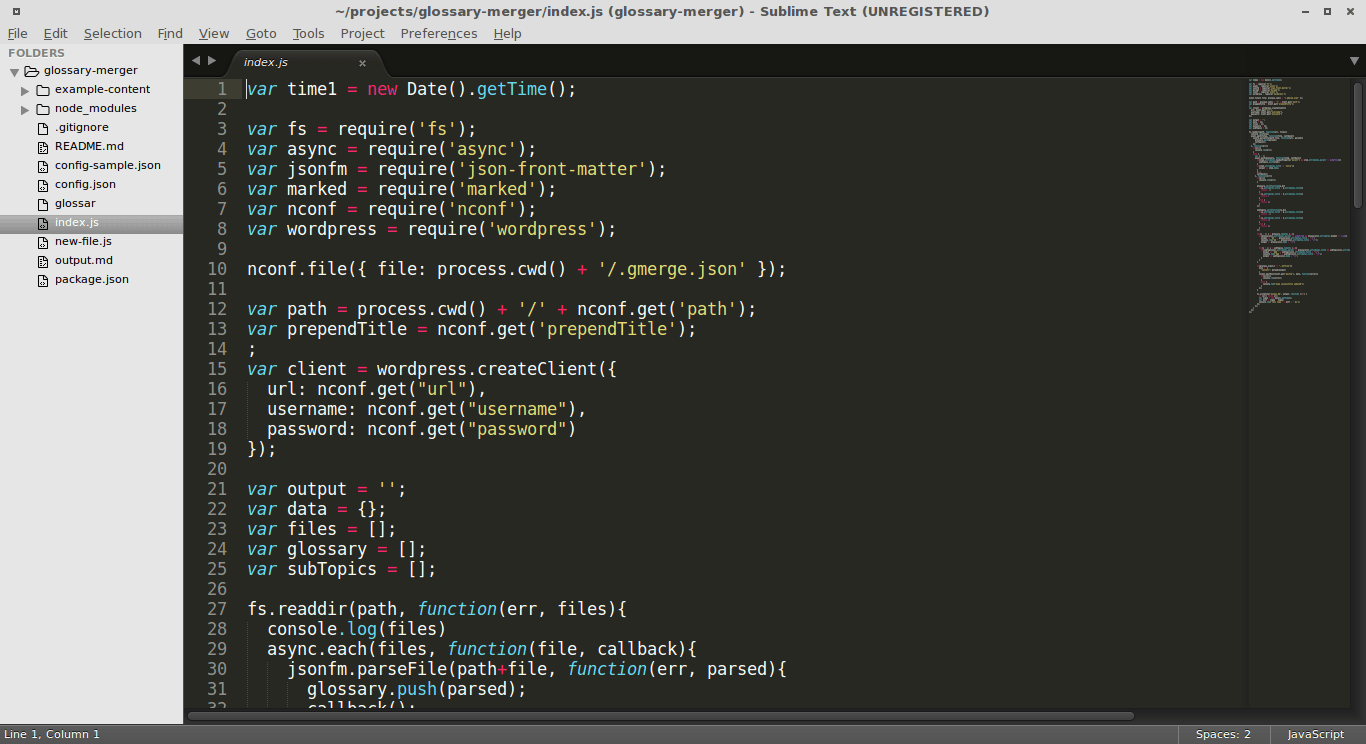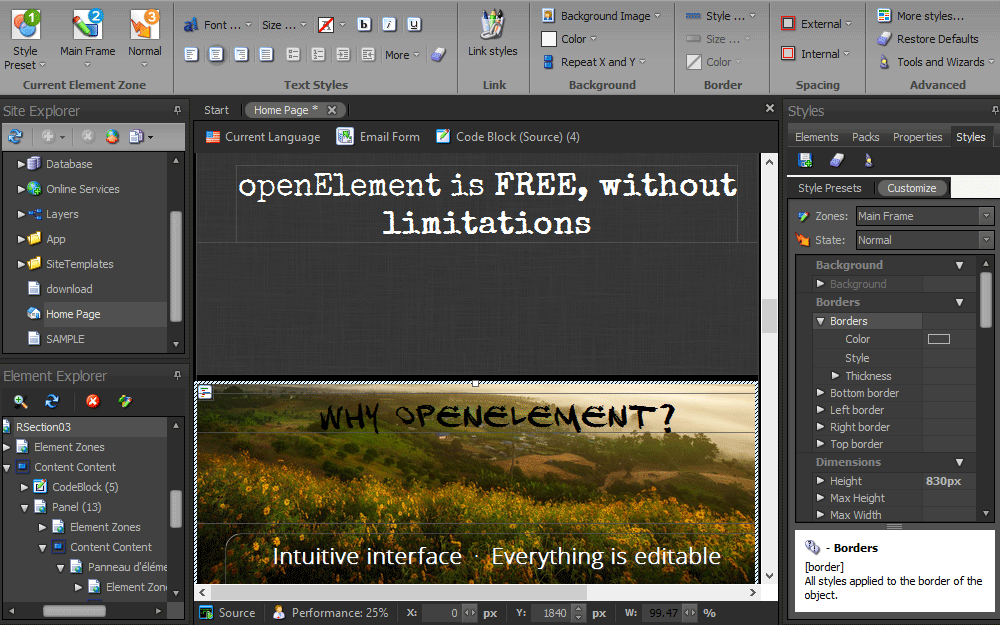

Clipchamp PWA installs over the last 6 months. And, as mentioned before, the WebAssembly SIMD enhancements improved performance 2.3x. Installation of the PWA has been massive, increasing at a rate of 97% a month since we launched five months ago. We've been so pleased to see 9% higher retention with PWA users than with our standard desktop users. Our installable Chrome PWA has been doing really well.
#BLOG WEB EDITOR INSTALL#
Additionally, we promoted our PWA install prompts in the toolbar and as a pop-up notice in our menu navigation. As with many web apps, we've focused on ease of access which includes things like social logins including Google, quickly getting the user into a place where they can edit video and then making it easy to export the video. With a PWA created, it's important to encourage its adoption. Using this new capability, we will be able to further improve performance of video decoding on low-spec hardware as found in many popular Chromebooks. More recently, we integrated the emerging WebCodecs API, currently available under another Chrome origin trial. While our users run wildly different hardware setups, we were able to confirm a matching performance uplift in production without seeing any detrimental effects in failure rates. While still limited to a Chrome origin trial, we were already able to roll out these SIMD enhancements to the majority of our users. With little prior experience and in less than a month of effort for one of our engineers, we managed to improve performance by 2.3x. Taking advantage of Chrome's WebAssembly SIMD support, we were able to speed up some particularly demanding workloads such as 4K video decoding and video encoding. The latter has been hotly anticipated by our engineering team, offering us the ability to optimize our video processing stack to take advantage of SIMD operations, prevalent on contemporary CPUs. When later switching to WebAssembly, we were glad to see Chrome taking the lead in incorporating post-MVP features such as bulk memory operations, threading, and most recently: fixed-width vector operations. While eventually phased out, PNaCl was a great confirmation for our team that web apps can be fast and low latency, while still running on end user hardware. We started out building the first version of Clipchamp on top of Google's (Portable) Native Client (PNaCl). Video processing is enormously resource hungry, affecting computer and storage resources alike. We strategically bet on the Chrome browser and, by extension, the ChromeOS platform to help us overcome the inevitable challenges of building an in-browser video creation platform. That made us switch to a fully in-browser solution, where all the "heavy lifting" of video processing is done locally using hardware resources available on the end user's device. Uploading large media files from a retail internet connection would invariably introduce massive wait times before editing could even begin, effectively resulting in a poor user experience. Having network bandwidth constraints in mind, we were quick to rule out a traditional cloud-based solution. That insight put the pressure on Clipchamp's engineering team to come up with a technology that can efficiently process Gigabyte-scale media files in a web application. To live up to this vision, we soon realised that allowing our users to use their own footage when putting together a video project is important. Developing a Clipchamp PWA #Īt Clipchamp, we're all about empowering people to tell their stories through video. We talk to our users a lot and are continually reminded that they're busy and just want to get their story out to the world as quickly and easily as possible, so this is a focus for us. We find most everyday editors aren't wanting to create motion picture masterpieces. In contrast, Clipchamp focuses on ease and simplicity, providing support with text overlays, stock video and music, templates, and more. The assumption is that it's hard, probably due to previous frustrating experiences with complex editing software. We recognise that video editing can be intimidating at first. We're also observing a lot of small businesses edit and post social videos while on the move. Specifically, we're currently noticing sales, support training, and product marketing teams using our webcam and screen recorder for quick explainer content with added text and GIFs to make it engaging. No expertise is necessary to be a video editor with Clipchamp.

Our users (or everyday editors as we call them) are diverse. We offer simple solutions for making videos, from intuitive tools like crop and trim, to practical features like our screen recorder, and even a meme maker. Around the world, over 12 million creators use Clipchamp to easily edit videos. Clipchamp is the in-browser online video editor that empowers anyone to tell stories worth sharing through video.


 0 kommentar(er)
0 kommentar(er)
